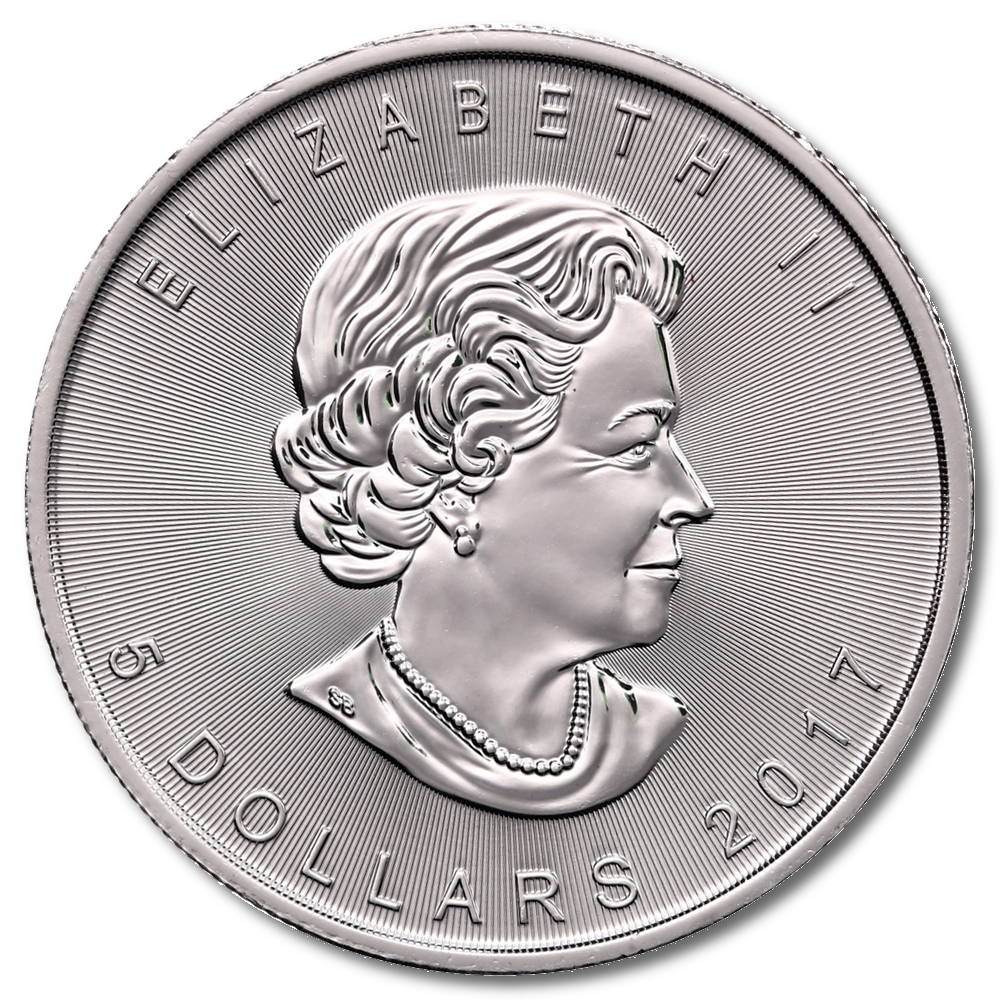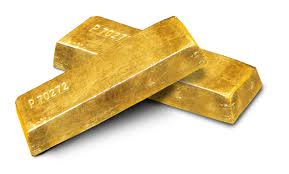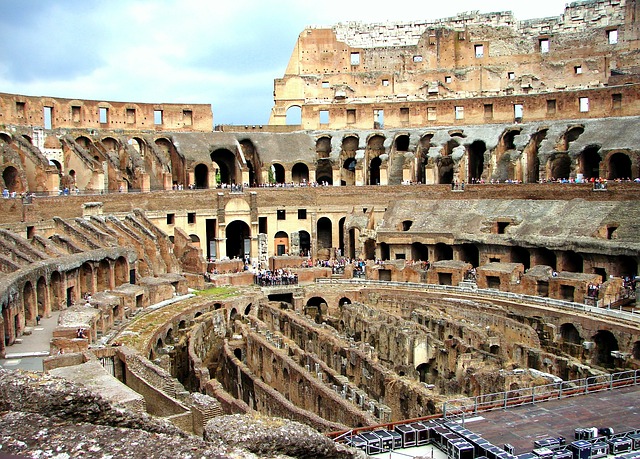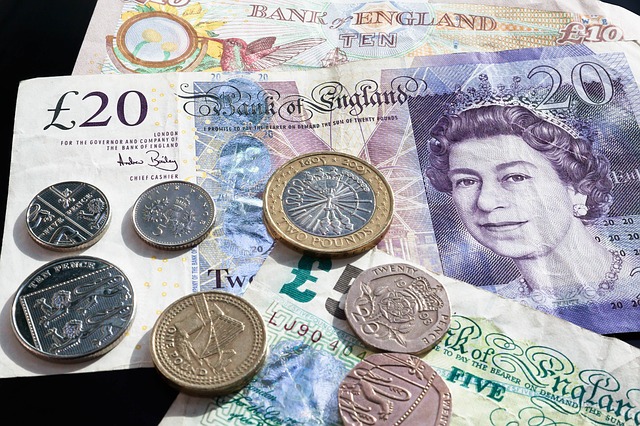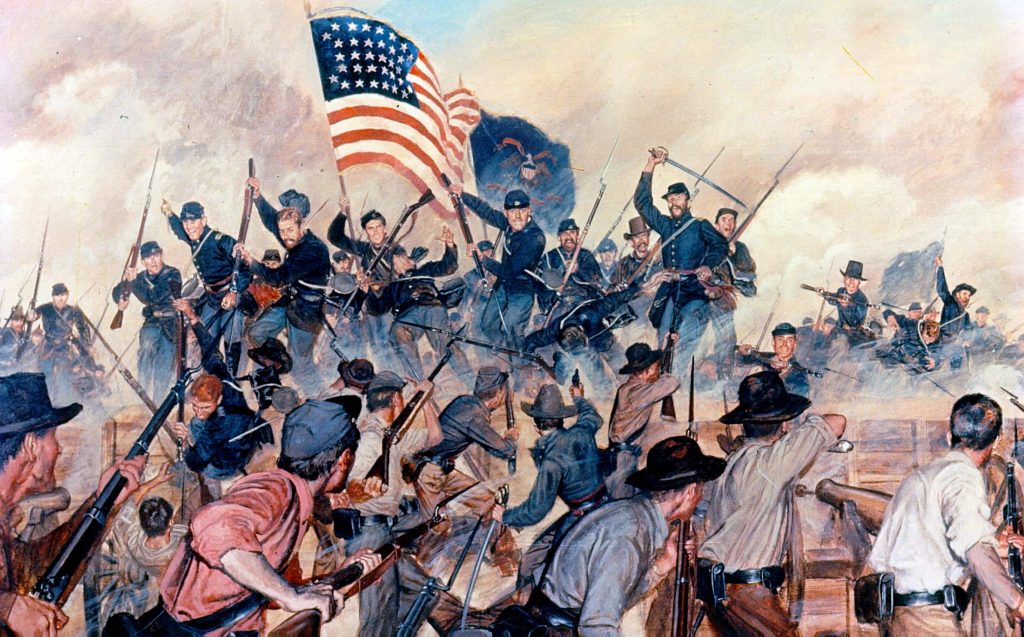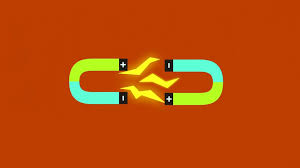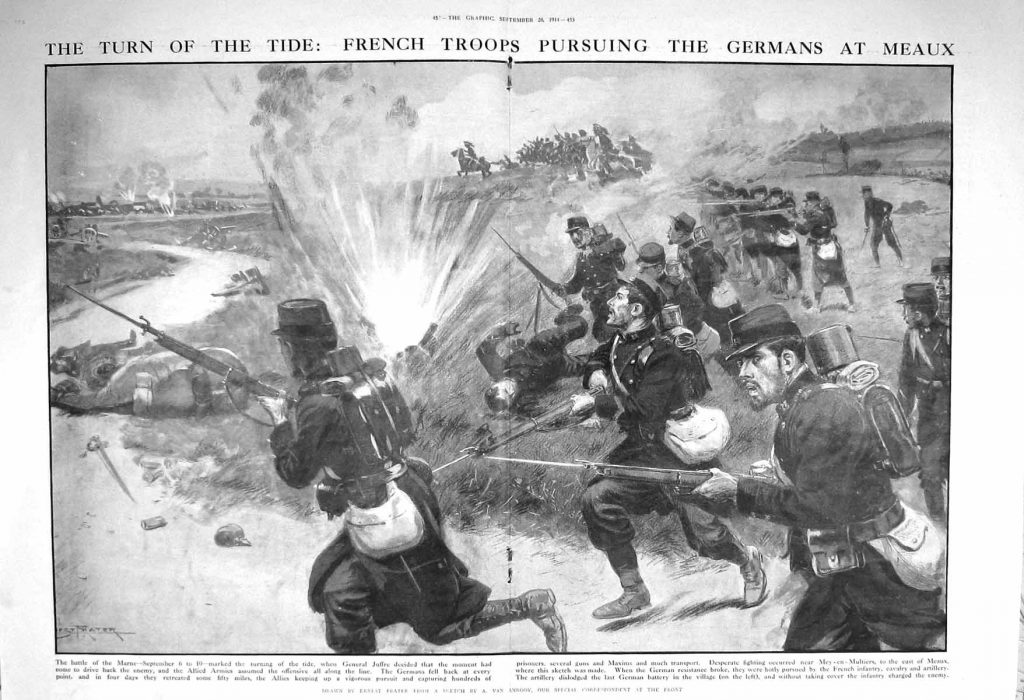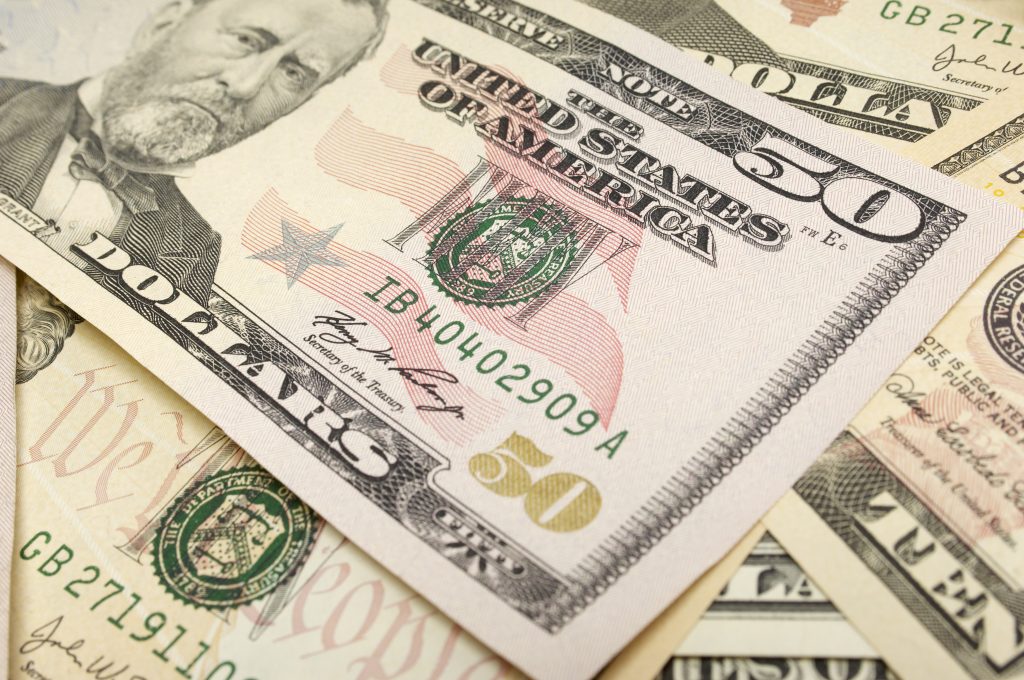Counterfeit Money Facts
Let’s learn about how people have copied money illegally over time!
With the invention of coins as currency in Lydia (Turkey) and China around 600 BC or 700 BC, the method used to counterfeit coins was to add other inexpensive metals to gold and silver.
Another method of counterfeiting was called making a “fourrée”.
This is a coin made entirely out of inexpensive metal and coated or plated with precious metal.
The next ingenious method was “clipping”; the thief would clip the edges of a real coin and melt the tiny pieces to make another coin.
Raised Rims
The ancient Romans in 100 AD invented the screw press to press olives and grapes. It was next used to stamp metal coins.
The coins were made with a raised and embossed rim. This was done to discourage counterfeiting by making it noticeable if someone clipped the edges of the coin.
Sir Isaac Newton in the late 17th century perfected the raised rim by adding decorative ridges so that clipping would be instantly noticed. Even today, our coins have decorated ridges.
Punishments
Throughout history, counterfeiters have been punished by various governments in many ways: hanging, beheading, burning alive and drawing and quartering.
Some governments consider it an act of treason punishable by death.
In the 1400s, the Chinese government started making paper money from the wood pulp of mulberry trees. Guards were deployed to protect these trees and counterfeiters were put to death.
Paper currency in the late 1700s had the inscription: “to counterfeit is death”.
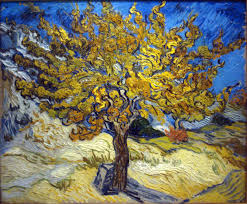
A Type of Warfare
Countries use counterfeiting as a form of warfare to decrease the economy of an enemy country.
The effects of counterfeit money on society are a reduction in the value of the real currency, an increase in the price of goods, and businesses forced to close.
Real money has less value. Businesses that accept counterfeit money for purchases have the counterfeit currency confiscated with no compensation.
Thus, they lose their ability to buy more goods and sometimes go out of business altogether.
During the American Civil War, the Confederate dollars were counterfeited by the Union side and flooded the Confederate States with the bad notes.
During WWII, the Nazis made counterfeit British pounds and American dollars. Euro banknotes were forged when Europe adopted the Euro in 2002.
Stopping Counterfeiters
All countries in the world attempt to find counterfeiters, confiscate their equipment, and put the criminals in jail. Authorities trace counterfeit currency from the bank to the store.
They watch CCTV tapes to track transactions to actual people and follow the trail.
Government currency printers devise ways to make it more difficult for a forger to produce good fakes by:
Changing the makeup of the paper
Adding watermarks and magnetic or metallic threads to the paper
Using specialized inks that change colors when viewed from different angles, and making the inscriptions more intricate.
Clever, huh?!
Quiz Time!
Questions
When coins were first invented, what were 2 ways of counterfeiting?
What did the screw press allow to be done to coins?
Which punishments could counterfeiters expect before 1800?
During times of war, what did counterfeit currency do to enemy countries?
Name 2 devices used in the printing of modern currency?
Answers
When coins were first invented, thieves clipped the edges to melt and make new coins, or they made false coins from cheap metals and coated them with precious metal.
The screw press allowed coins to be made with raised rims so that clipping would be noticed.
Punishments varied from hanging, beheading, being set on fire or being drawn and quartered.
Counterfeiting currency reduces the value of real money, makes businesses lose money and eventually close, increases the cost of goods and damages the economy.
Modern currency printing implants magnetic strips and makes inscriptions more intricate.

